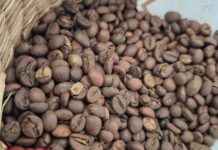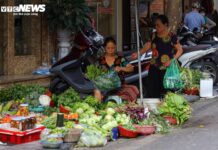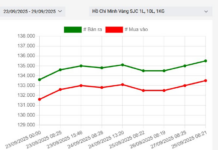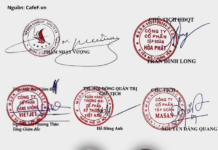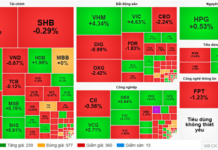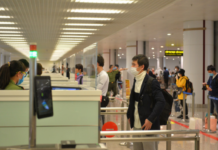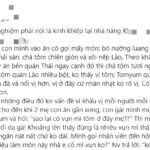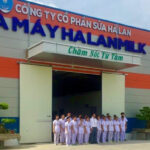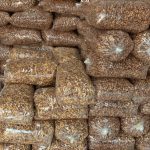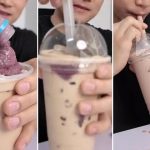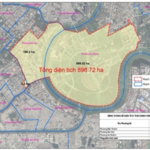A man named Li from Hon Xuan bought a box of Maotai wine online for 650 yuan. Despite the careful packaging, he noticed an unusual bitter taste upon drinking. Suspecting the wine was fake, Li reported it to the local police. Indeed, the authorities confirmed his suspicion—the wine was counterfeit.
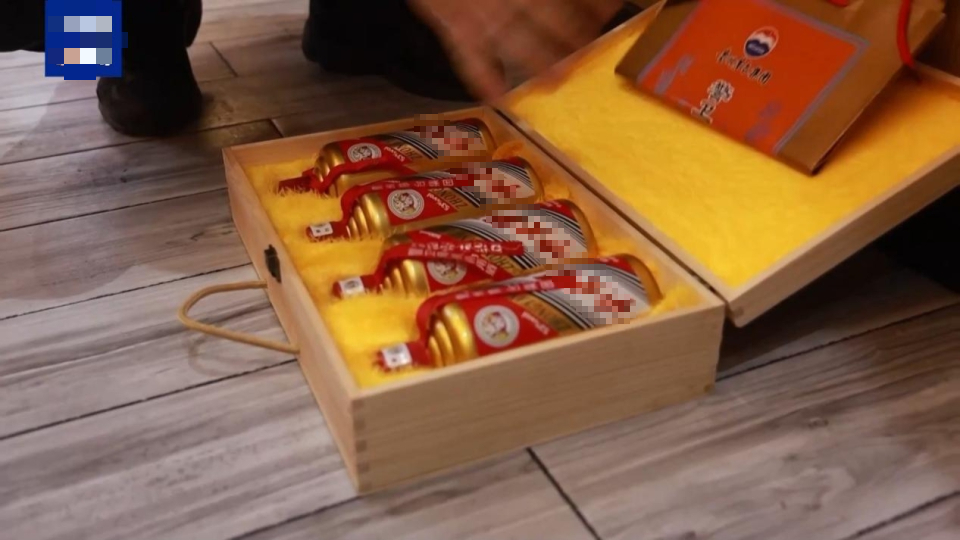
Li discovered the wine he purchased was fake and reported it to the police. (Image: QQ News)
Tracing the delivery order, police arrested a man named Xiao Han, who confessed to sourcing the wine from Xu Liu in Guangdong. Xu Liu, a middleman, obtained the wine from another distributor, Xiao Meng, based in Guizhou.
Interprovincial Investigation Expansion
Authorities suspected Guizhou as the potential hub for counterfeit wine operations, with Xiao Meng being a key link. By posing as corporate representatives, police inspected Xiao Meng’s stores and discovered a large number of boxes printed with renowned wine labels.
After months of surveillance, they uncovered Xiao Meng’s hidden winery in the mountainous outskirts of Guizhou. Raiding the facility, they caught dozens of people in the act of funneling unknown liquids from plastic cans into empty Maotai bottles for packaging and distribution.
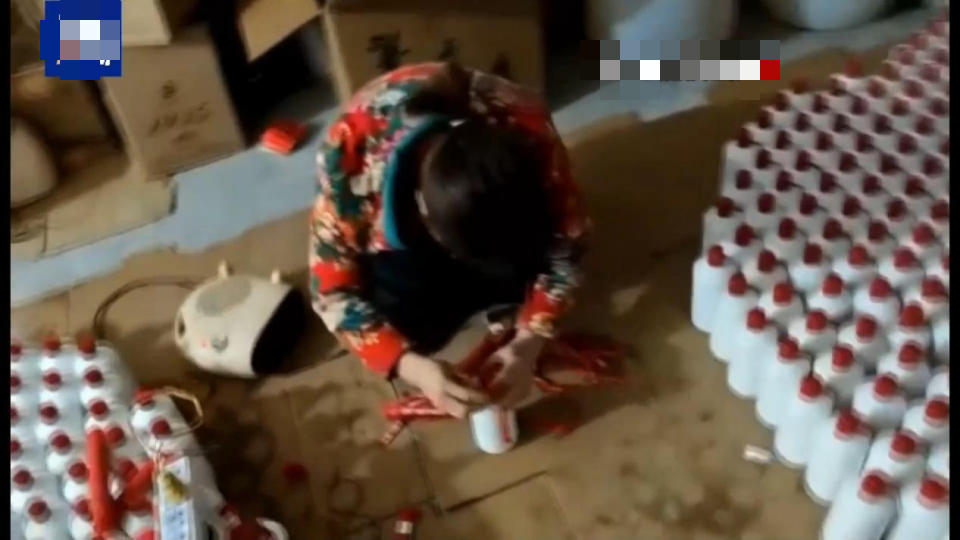
The group was caught funneling an unknown liquid into empty wine bottles. (Image: QQ News)
In custody, Xiao Meng revealed an even larger counterfeiting operation managed by a man named Chen Xiang. Chen’s hideout was located in a more remote area of Guizhou, surrounded by tall mountains.
Chen’s winery had multiple entrances. Their delivery vehicles would travel about 30km on winding mountain roads to reach the facility, frequently changing license plates, making the investigation challenging.
Nonetheless, the police successfully dismantled all of Chen’s winery operations.
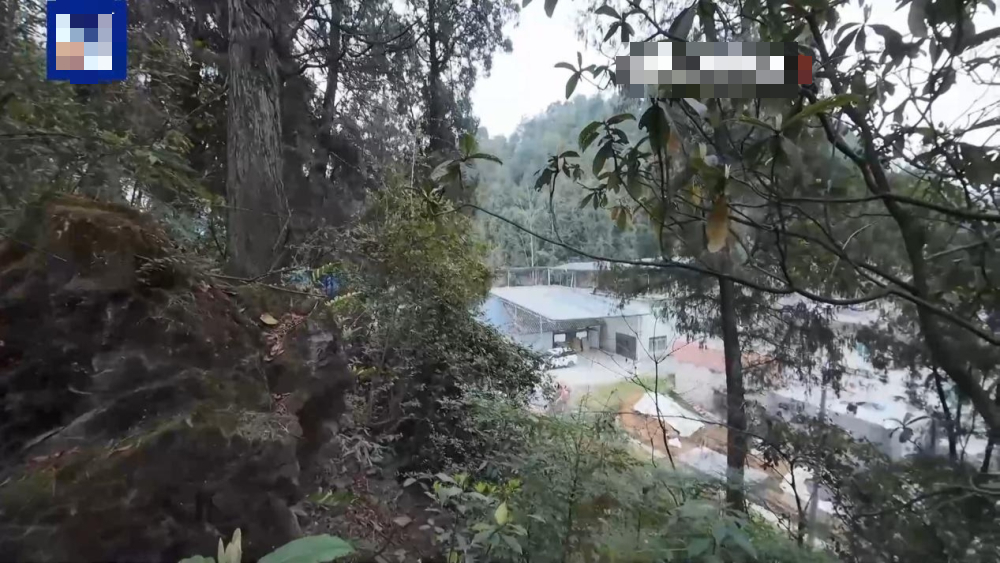
Chen’s winery was located in a secluded mountain area. (Image: QQ News)
During the interrogation, Chen confessed that his winery operated on a “order-by-day, produce-by-night” model. Each small winery could produce 500 counterfeit bottles within four hours, ready for distribution.
The suspects admitted that while the fake wine’s base cost was only about 5 yuan per bottle, they sold them for hundreds to thousands of yuan each after applying fake labels.
Alarmingly, the gang had also illegally collected 820,000 sets of personal data, which they categorized to create precise marketing strategies on platforms like TikTok and WeChat. Their conversion rate reached 35%, with a Beijing customer spending 120,000 yuan on 600 boxes of counterfeit Maotai.
The crackdown successfully dismantled 12 fake Maotai wineries, arresting numerous suspects. Police seized 21,200 counterfeit bottles and 55 tons of fake packaging and labels from well-known brands. The total value involved in this case exceeded 150 million yuan.
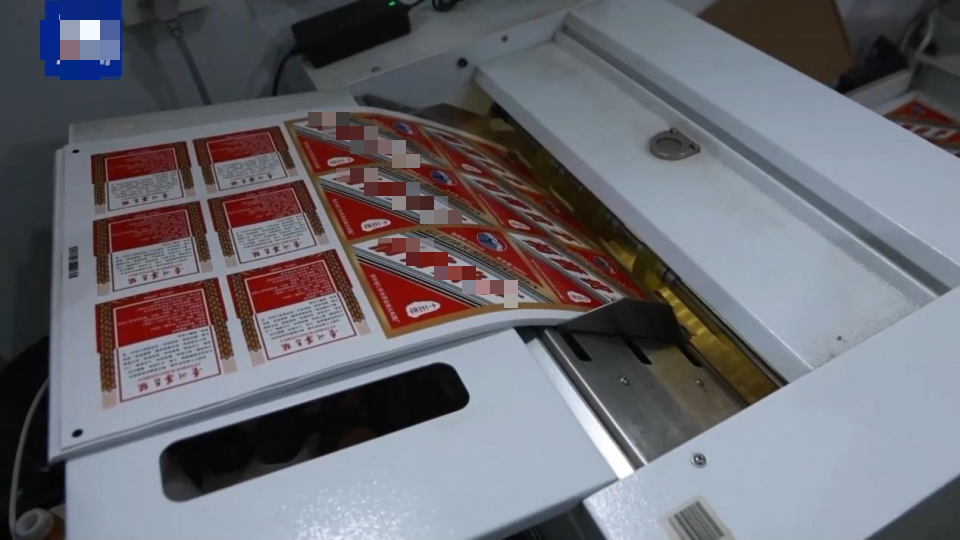
Seized printing machines used for creating fake packaging. (Image: QQ News)
Health Risks of Consuming Fake Wine
According to The Paper, fake wine may contain methanol (industrial alcohol), which can cause poisoning. Methanol poisoning symptoms include dizziness and blurred vision, similar to drunkenness. After 1-2 days, the toxin metabolizes, leading to blurred vision, confusion, rapid breathing due to metabolic acidosis, seizures, coma, and pale or cyanotic skin, lips, and nails.
Severe methanol poisoning, if left untreated, can result in severe sequelae and a high risk of death.
“CEO of Dutch Milk Arrested for Counterfeit Milk: Spokesperson of Dutch Lady, a Reputable Milk Brand, Responds.”
The CEO of Dutch Milk Joint-Stock Company has been accused of producing and trading substandard food products, with quality levels falling below 70% of the declared standards.




